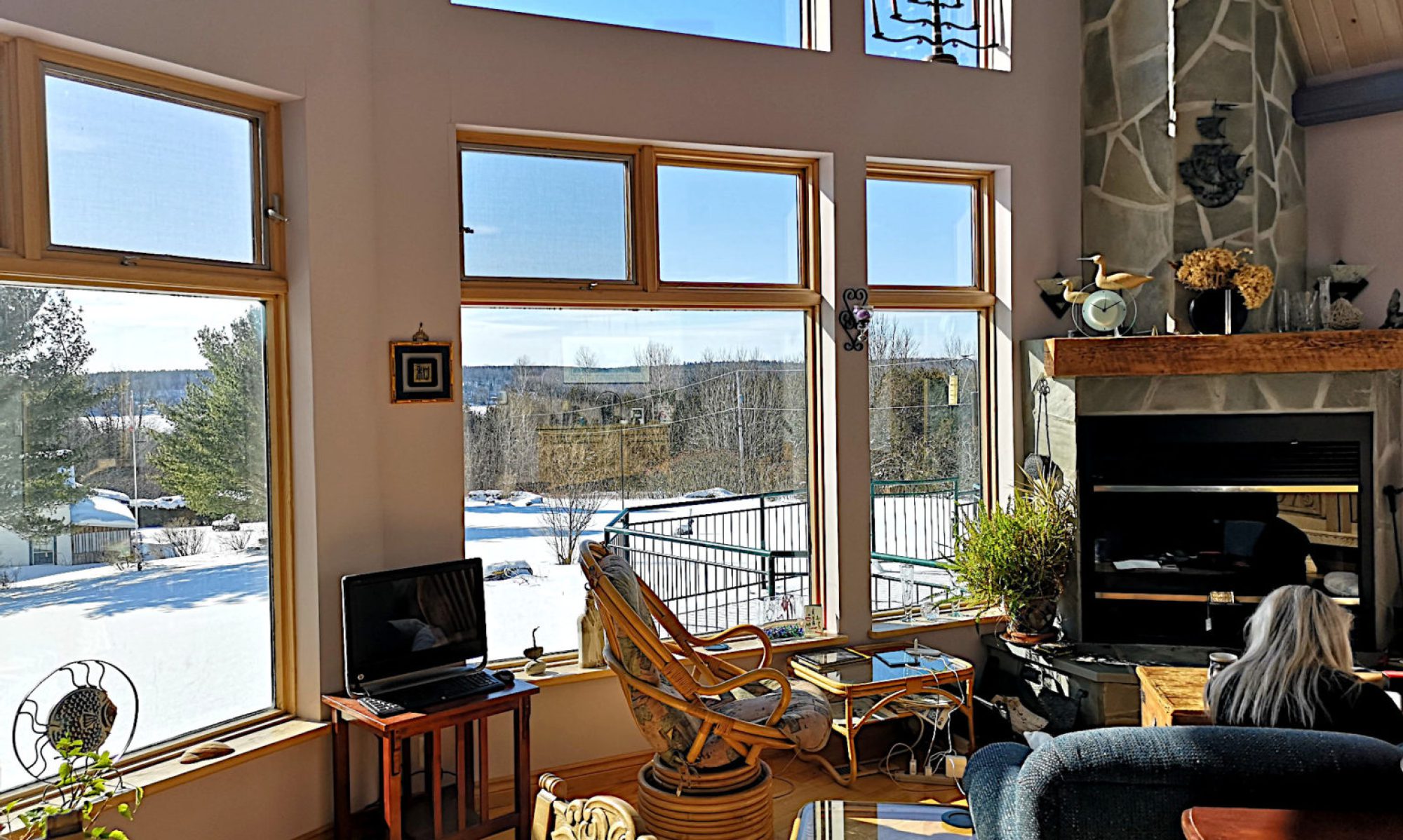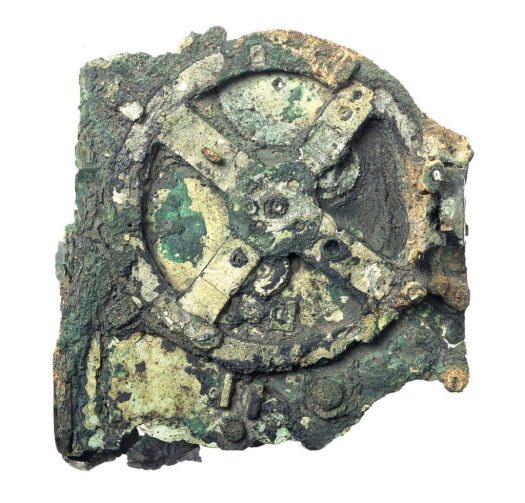Until just a few weeks ago, I had some hope that this Christmas letter would be significantly different from last year’s version, which looked back on the year that COVID-19 arrived and became a global pandemic (we found a Christmas ornament online that expressed our thoughts about 2020 — see if you can make out what it says). Before about mid-December, things were looking pretty good, relatively speaking: most people (the smart ones, anyway) had gotten not one but two shots of vaccine — in many cases, mRNA vaccines, which were developed faster than any other vaccine in human history. The rate of COVID growth had slowed in most places, hospitals were no longer overwhelmed, and Christmas looked like it might be something approaching normal.

Then we found out about the Omicron variant, which spreads somewhere between two and three times as rapidly as the Delta variant. International — and even local — travel suddenly became a gamble. If we’re double-vaxxed and boosted, does that mean we can still get together with family, or should we bail on Christmas yet again? With so many unknowns (is Omicron milder than Delta? Is this the beginning of the end, where we all get COVID but it doesn’t turn into anything serious and it gradually becomes just like the flu?) everyone has had to make their own personal choices — it’s like a roll of the dice, except you’re rolling at the same time you’re playing Russian roulette.
Last year, we wound up shelving our plans to have family at our place near Buckhorn for Christmas, and instead had a delicious meal and quiet evening with our next-door neighbours Marc and Kris. On Boxing Day, we wound up having a wonderful surprise visit from our oldest daughter Caitlin and her husband Wade, who called to say they were out for a walk and then showed up at the door, having driven all the way from Ancaster. We set up chairs and a propane fire-pit in the garage and had a charcuterie plate and some drinks, then went for a hike, and it was lovely. After things calmed down a bit, and we had gotten our first vaccine, we got together for a late Christmas at our place in March, and went for lots more hikes and skated on the pond and visited the neighbour’s sheep.
Continue reading “The Ingram Christmas Letter 2021”






